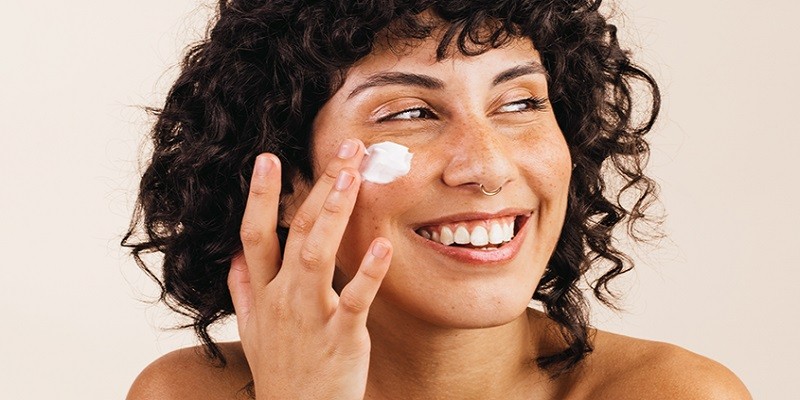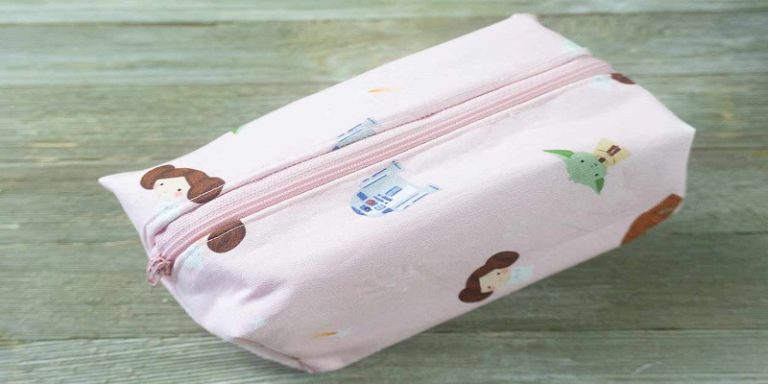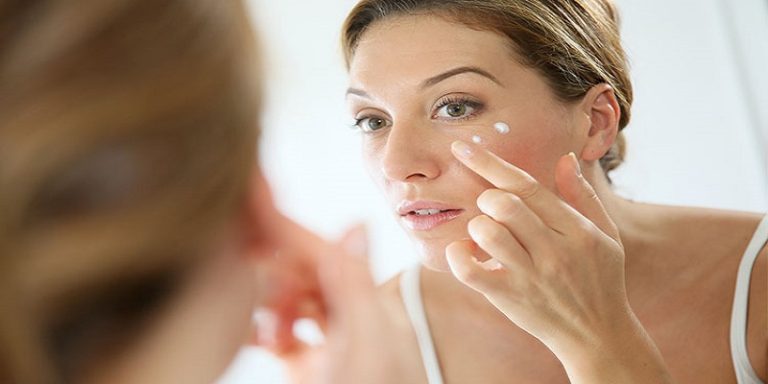Why Is My Makeup Pilling?

Last Updated on June 18, 2025 by Jaclyn A. Neeley
Makeup pilling is a common and frustrating issue that many people encounter. It occurs when makeup or skincare products ball up on the skin, creating an uneven and flaky appearance. Understanding the causes and solutions for makeup pilling can help you achieve a smoother, more flawless finish. This article will explore the various reasons behind makeup pilling and provide practical tips to prevent it.
What Is Makeup Pilling?
Makeup pilling refers to the formation of small, flaky balls on the skin after applying makeup or skincare products. This phenomenon is similar to the pilling that occurs on fabric, where tiny balls of fiber form on the surface. In the case of makeup, pilling can ruin the appearance of your carefully applied products, making your skin look uneven and textured.
Common Causes of Makeup Pilling
Overloading the Skin with Products
One of the primary causes of makeup pilling is applying too many products in quick succession. When the skin is overloaded with moisturizers, serums, and primers, it can become saturated, much like a sponge that cannot absorb any more liquid. This excess product sits on the surface of the skin and can lead to pilling when makeup is applied on top.
Incompatible Ingredients
Certain ingredients in skincare and makeup products do not mix well together, leading to pilling. For example, silicone-based primers and water-based foundations can repel each other, causing the products to ball up on the skin. Similarly, ingredients like iron oxide, fluor phlogopite, and talc can contribute to pilling when combined with other products.
Insufficient Absorption Time
Rushing through your skincare routine without allowing each product to fully absorb can also cause pilling. When products are layered too quickly, they do not have enough time to penetrate the skin, resulting in a buildup on the surface. This can lead to pilling when makeup is applied on top.
Dry or Flaky Skin
Dry and flaky skin is more prone to pilling because the uneven texture prevents products from adhering smoothly. Dead skin cells can create a barrier that hinders the absorption of skincare products, leading to pilling when makeup is applied.
Using Too Much Product
Applying excessive amounts of any product, whether it is moisturizer, primer, or foundation, can lead to pilling. The skin can only absorb so much, and any excess will sit on the surface, causing the products to ball up.
How to Prevent Makeup Pilling
Exfoliate Regularly
Regular exfoliation helps remove dead skin cells and promotes a smoother surface for makeup application. Both chemical and physical exfoliants can be effective, but it is important to choose a method that suits your skin type. Exfoliating once or twice a week can help prevent the buildup of dead skin cells that contribute to pilling.
Allow Products to Absorb
Patience is key when it comes to preventing makeup pilling. Allow each layer of your skincare routine to fully absorb before applying the next product. This can take a few minutes, but it ensures that each product penetrates the skin properly, reducing the risk of pilling.
Use Compatible Products
Ensure that the products you are using are compatible with each other. For example, pair water-based primers with water-based foundations and silicone-based primers with silicone-based foundations. This compatibility helps prevent the products from repelling each other and causing pilling.
Apply Products in the Right Order
Following the correct order of application can also help prevent pilling. Generally, it is best to apply products from thinnest to thickest. This means starting with lightweight serums and toners, followed by heavier moisturizers and oils. This order allows each product to absorb properly and creates a smooth base for makeup.
Use Lightweight Formulas
Opt for lightweight formulas that absorb quickly into the skin. Thicker, richer products are more likely to sit on the surface and cause pilling. Lightweight moisturizers and serums can provide the necessary hydration without the risk of pilling.
Apply Less Product
Using a smaller amount of product can also help prevent pilling. Start with a small amount and add more if needed. This approach ensures that the skin can absorb the product without becoming overloaded.
Additional Tips
Pat, Don’t Rub
When applying skincare and makeup products, use a patting motion rather than rubbing. Patting helps the products absorb into the skin more effectively and reduces the risk of pilling caused by friction.
Avoid Silicones
If you find that silicone-based products are causing pilling, consider switching to silicone-free formulas. Silicones can create a barrier on the skin that prevents other products from absorbing properly, leading to pilling.
Test Products Individually
If you are unsure which product is causing pilling, test each one individually. Apply a small amount of each product on your skin and observe if it pills on its own. This can help you identify and eliminate the culprit from your routine.
Conclusion
Makeup pilling can be a frustrating issue, but understanding its causes and implementing the right strategies can help you achieve a smoother, more flawless finish. By exfoliating regularly, allowing products to absorb, using compatible and lightweight formulas, and applying products in the correct order, you can significantly reduce the risk of pilling. Remember, less is often more when it comes to skincare and makeup, so start with smaller amounts and build up as needed. With these tips, you can enjoy a seamless makeup application every time.
FAQs
How do I stop my makeup from pilling?
To stop makeup from pilling, ensure each skincare product fully absorbs before applying the next layer. Use lightweight formulas and avoid overloading your skin with too many products. Exfoliate regularly to remove dead skin cells and create a smooth surface. Additionally, choose compatible products, such as pairing water-based with water-based or silicone-based with silicone-based items.
Does pilling mean too much moisturizer?
Yes, pilling can indicate that too much moisturizer has been applied. When the skin is overloaded with the product, it cannot absorb everything, leading to the residue the pills. Applying a smaller amount and allowing it to fully absorb before adding other products can help prevent this issue.
Why does my makeup look like it’s peeling?
Makeup can look like it’s peeling due to product incompatibility, such as mixing water-based and silicone-based products. It can also result from applying products too quickly without allowing them to absorb properly. Additionally, a buildup of dead skin cells can cause makeup to flake off, making it appear as though it is peeling.
Does pilling mean skincare isn’t working?
Pilling does not necessarily mean that skincare isn’t working, but it does indicate that the products are not absorbing properly. This can be due to over-application, incompatible ingredients, or insufficient time between layers. Adjusting the amount and type of products used, as well as the application method, can improve absorption and effectiveness.
How to prevent makeup pilling?
To prevent makeup pilling, exfoliate regularly to remove dead skin cells and create a smooth base. Apply skincare products in the correct order, from thinnest to thickest, and allow each layer to fully absorb before applying the next. Use compatible products and avoid overloading the skin with too many layers. Lightweight formulas are less likely to pill.






